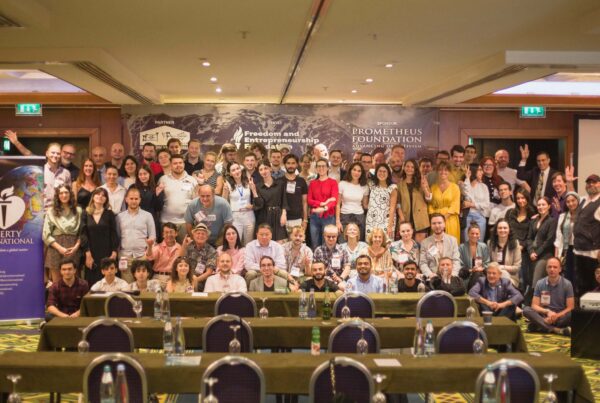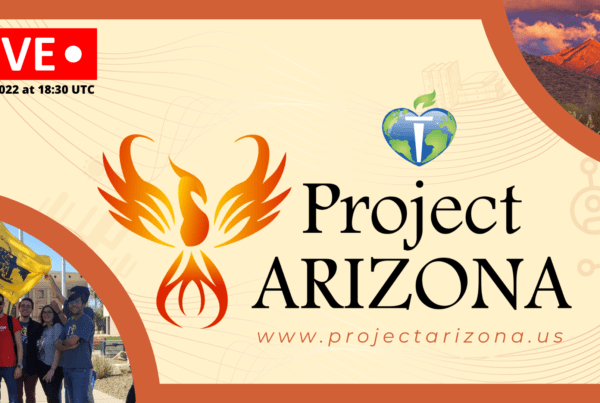Just hours before the opening ceremony of the World Cup last Thursday, protesters clashed with police in the streets of Sao Paulo and Rio de Janeiro. Striking airport workers and teachers also made the headlines, seeming to confirm the concerns many Brazilians have about civil unrest during the tournament.
Now that the spotlight is on Brazil for an entire month, different groups of disgruntled citizens are expected to attempt to garner international attention for their cause. The first protests were largely sparked by the billions in taxpayer money that have been spent on stadiums and infrastructure in a country whose GDP per capita is below that of Venezula and Iran.
In order to be able to claim that the stadiums were financed by private construction firms, Brasilia lent money to them at astonishingly low interest rates, less than half the going rates. Coupled with the fact that politicians are notorious for their cozy relationships with the construction sector, it is no surprise that no self-respecting Brazilian believed these claims. An Audit Court report released last May found $275 million in alleged price-gouging for the Brasilia stadium alone.
Just like four years ago in South Africa the stadiums have become known as “white elephants” for their huge cost before, and uselessness after the tournament. The city of Brasilia has no major professional team to use the stadium after the World Cup, while the $270 million Arena da Amazônia in Manaus is so remote that construction materials had to be shipped up the Amazon River because no trucks could reach the place. So, despite the fact that no team would even consider playing their home games there, that’s just where the Brazilian politicians decided to have their cronies build a stadium.
Needless to say, the surge in government spending in the last months and years has artificially and temporarily boosted the economy. As those who understand Austrian Business Cycle Theory know, however, the subsequent market correction is inevitable. Regardless of the outcome of the Copa this correction, and the government’s response to it, will have a much greater impact on the lives of Brazilians.
Just as we have seen with the expansion of the Brazilian economy, it will likely take some time for the bubble to deflate. Besides, with the presidential elections just around the corner, the incumbent Dilma administration will not shy away from injecting more stimulus into the economy if need be. Still, the government’s role in the economy will have to shrink considerably if the country is to see more steady economic growth in the future.
Though last decade saw some rapid economic growth the expansion has slowed down considerably in recent years, averaging only about 2.5 percent. At the same time, inflation has been hovering around 6 percent. But monetary policy is not the only area where government intervention is hampering the economy; according to the World Bank’s Ease of Doing Business Index setting up a new business in Brazil currently takes a whopping 107 days and 13 procedures. Another ranking that puts the country squarely in the bottom half of the world is public spending as a percentage of GDP, which is well above 20 percent in Brazil. This is in large part due to astronomical spending on pensions for government workers where the country ranks second in the world.
If the Workers’ Party’s Dilma Rousseff is reelected in October there is little hope for such change, however. Just last month she bypassed Congress and signed a decree granting state powers to social movements designated as part of “civil society” by a special committee. While the election procedures for the committee remain unspecified, it certainly represents a political tool to favor some groups and viewpoints over others. In the months leading up to the elections, that could prove to be very useful for Dilma and the Workers’ Party.




Join the discussion 4 Comments